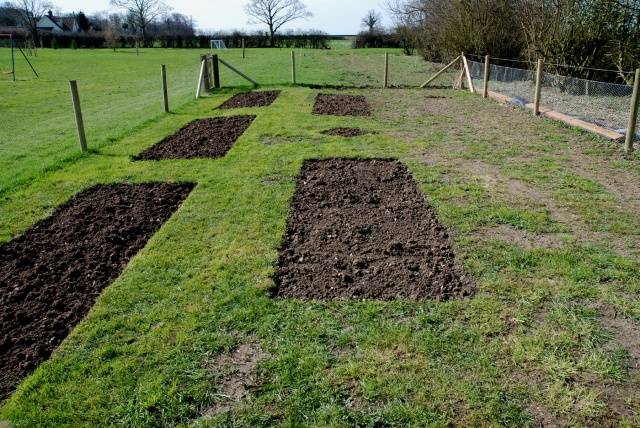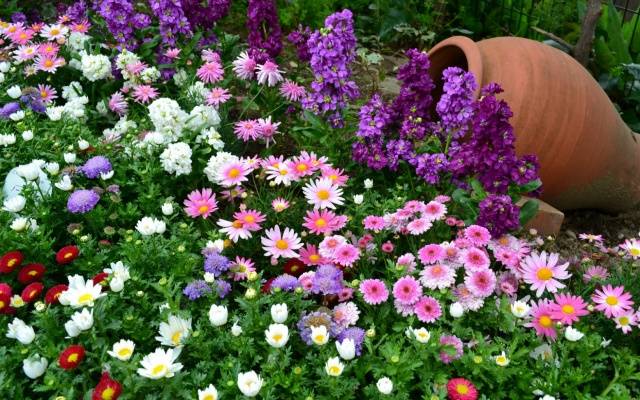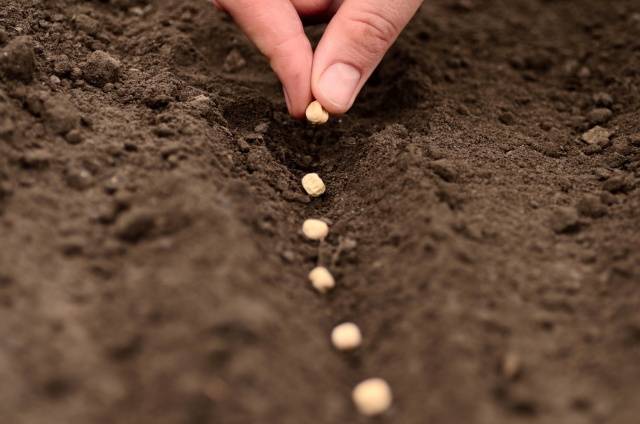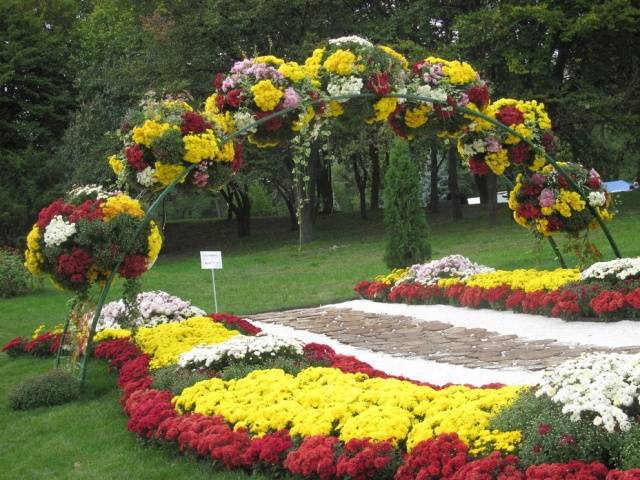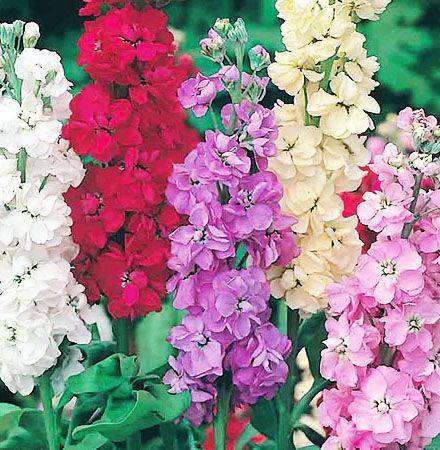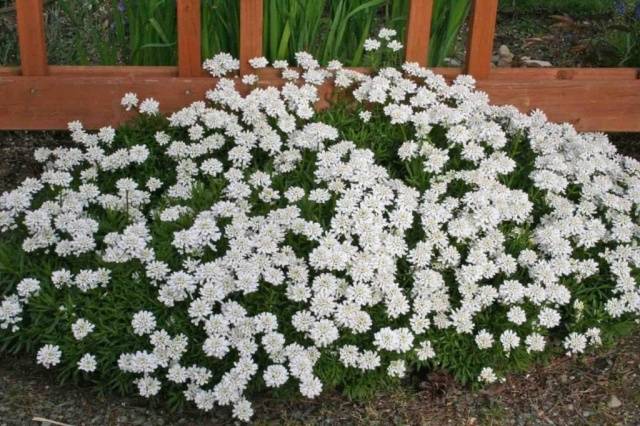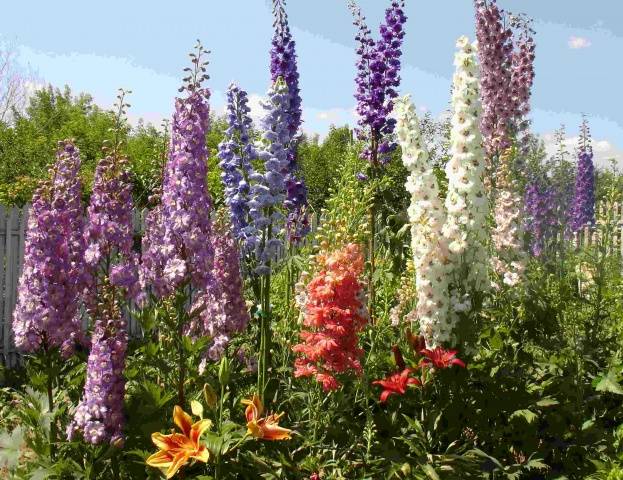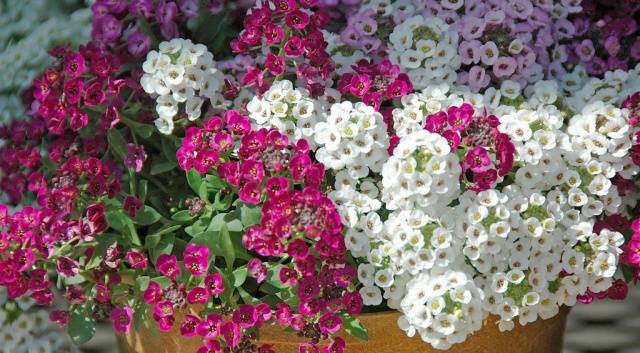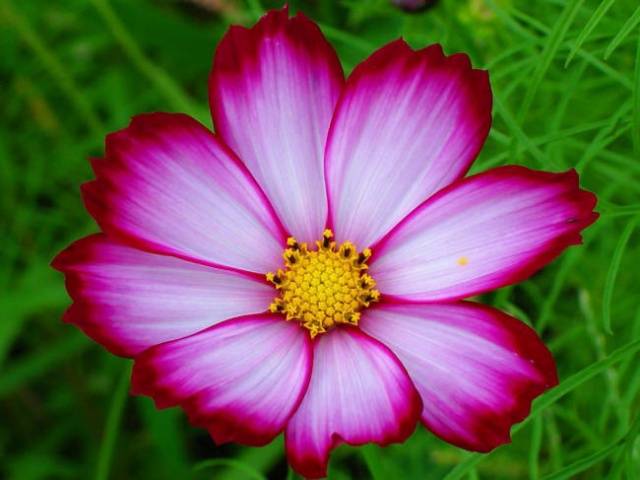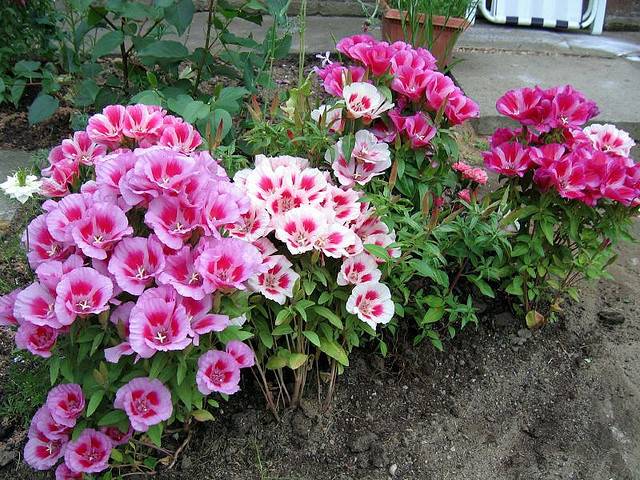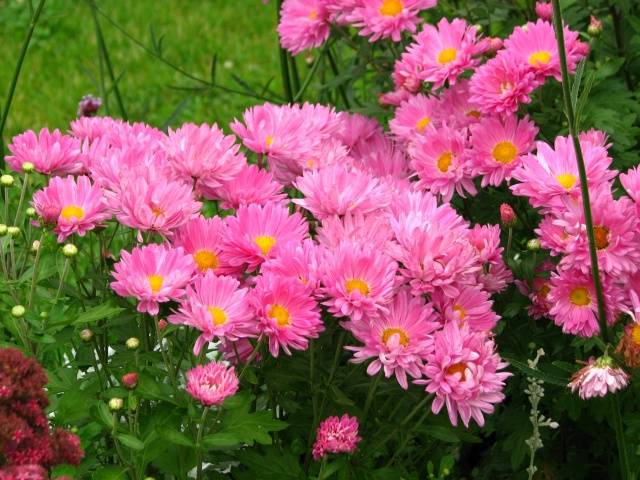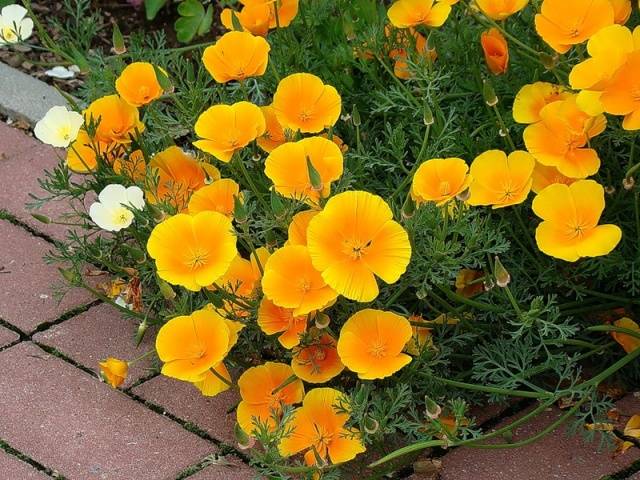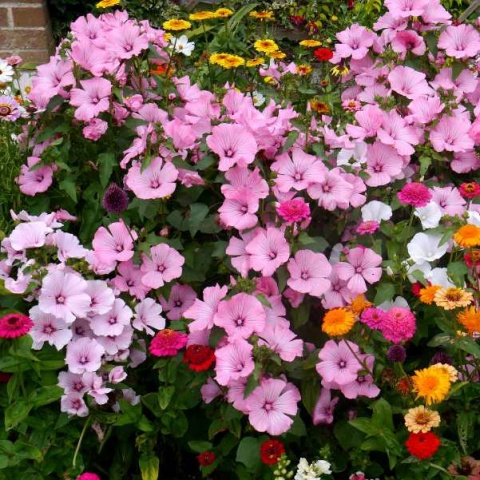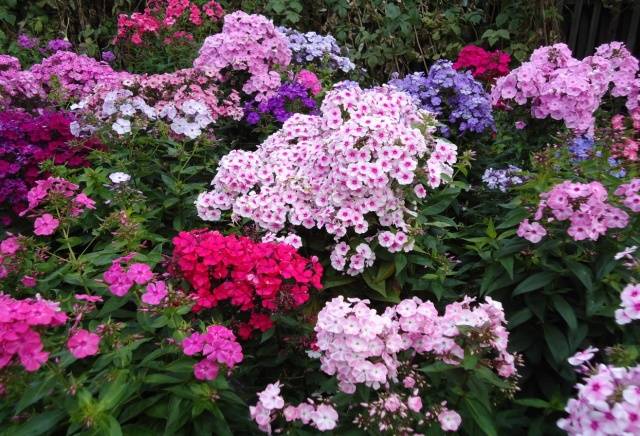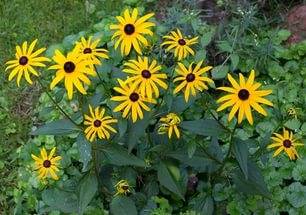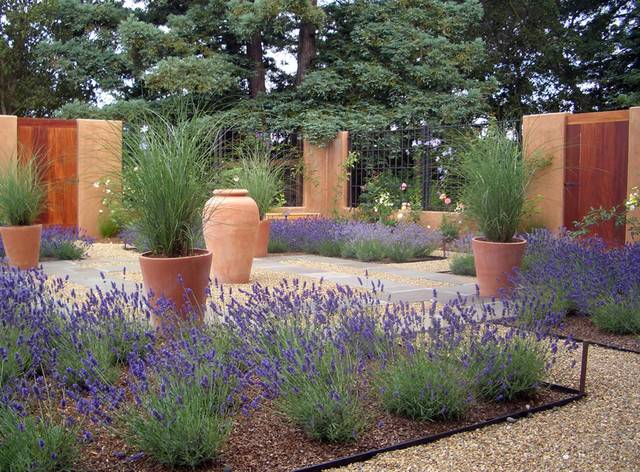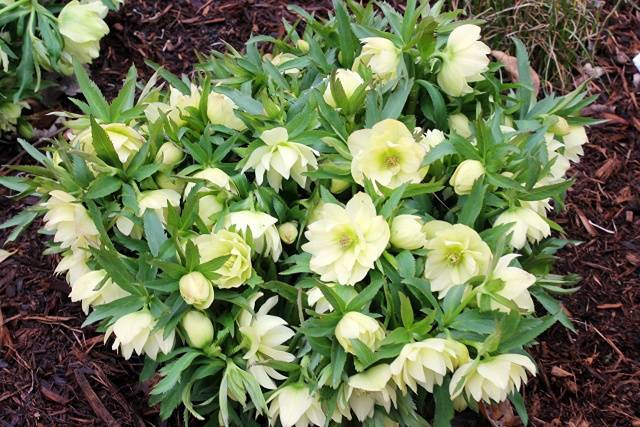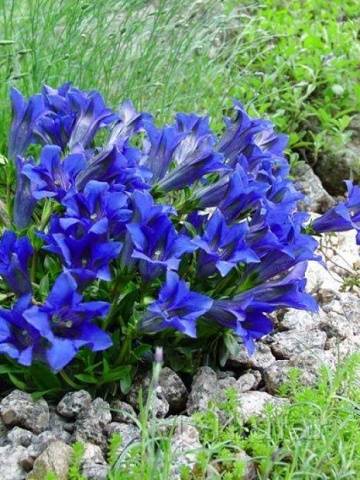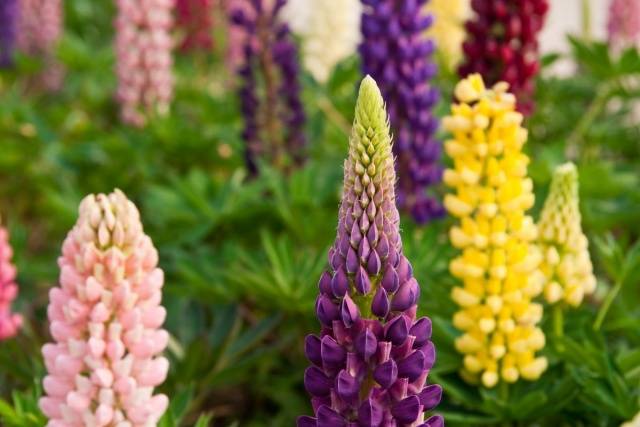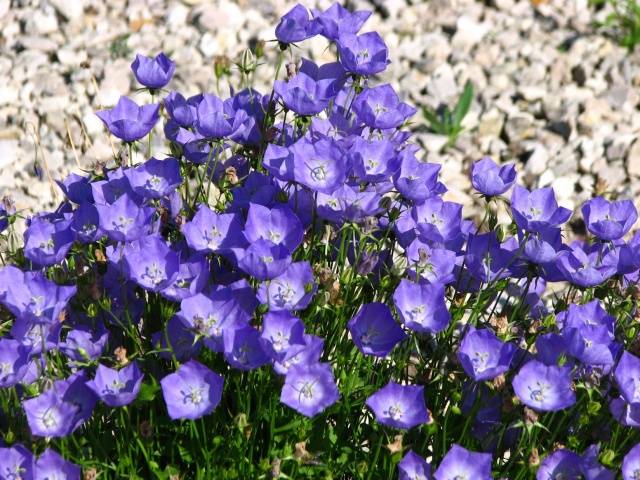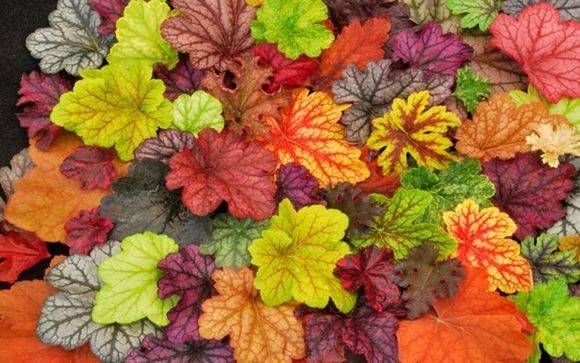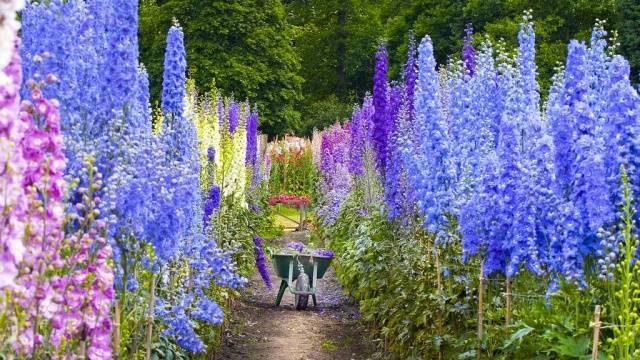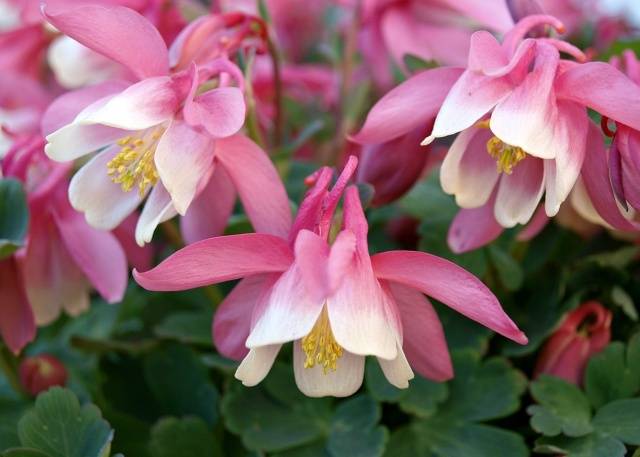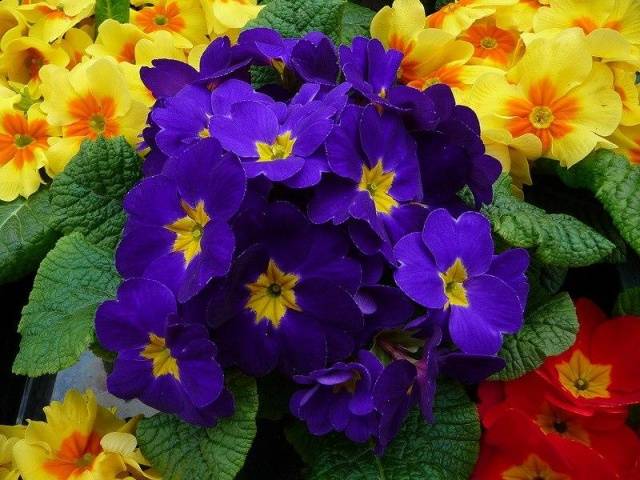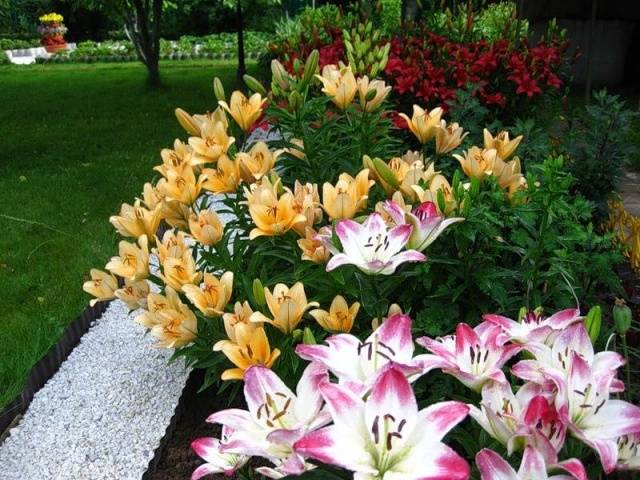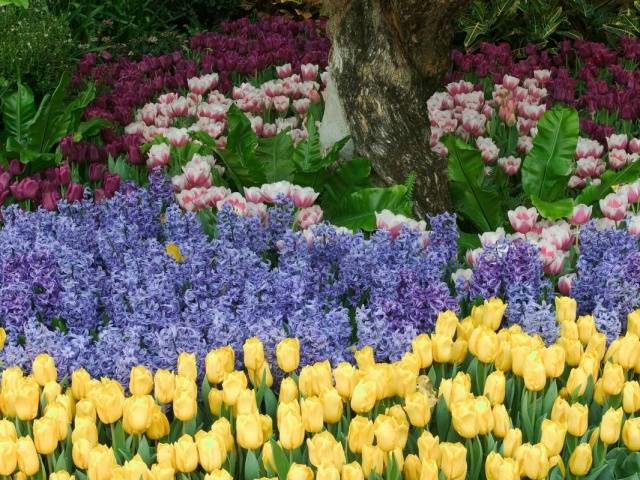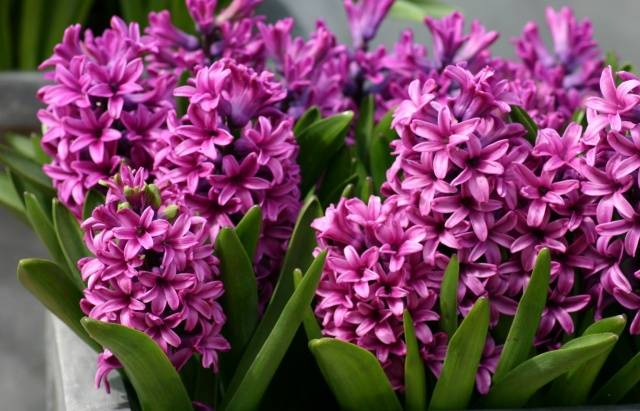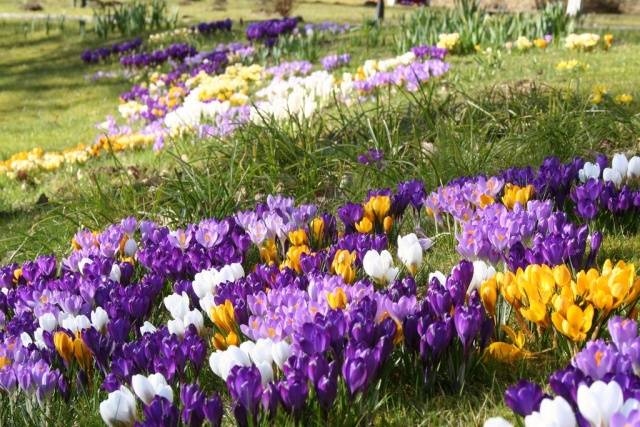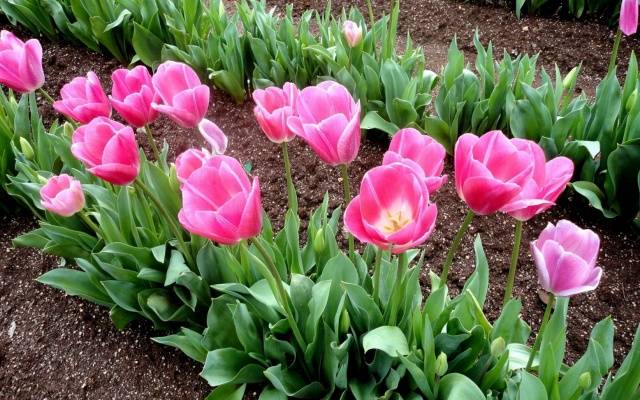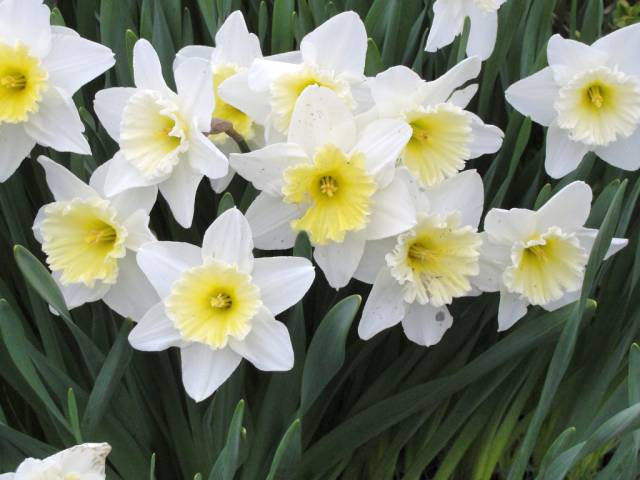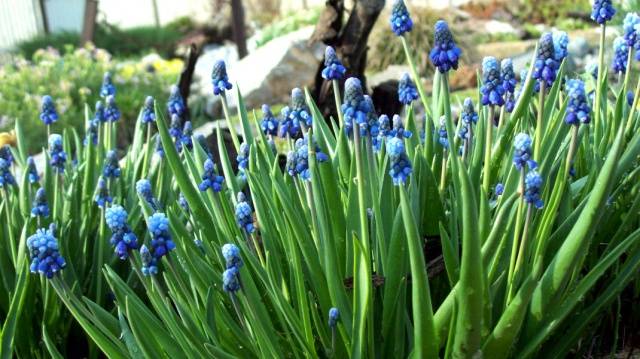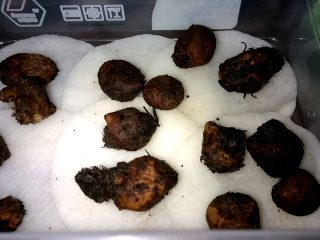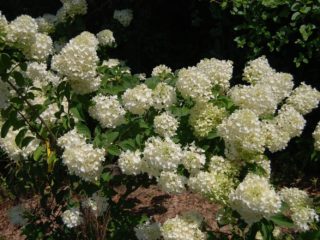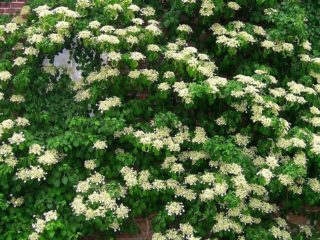Content
When the main seasonal work is left behind, the most pressing question becomes: what flowers to plant in autumn in the country. During this period, annual and perennial plants are planted. If you need to get a blooming flowerbed in the spring, then daffodils, tulips, primroses and other primroses are planted in the fall.
Preparing the beds
Before planting flowers, you need to carefully prepare the soil. The flower garden grows on any type of soil, however, to improve its composition, it is recommended to use fertilizers. Adding peat, sand, and humus will help make the soil lighter, more water- and breathable.
Before planting flowers in the fall at the dacha, you need to choose a suitable place depending on the type of plant. Most flowers prefer open areas that are constantly illuminated by the sun.
The material is planted to a depth of 2-4 cm, large seeds can be lowered to 5 cm. After planting, the beds need to be leveled and watered.
It should be taken into account that in the spring, when the snow actively melts, the seeds can be washed away by meltwater. Therefore, the crops must be covered with a small layer of peat or humus (up to 5 cm).
Benefits of autumn planting
It is recommended to plant flowers in the fall for the following reasons:
- An excellent opportunity to reduce the amount of dacha work in the spring, when you need to plant vegetables, prepare the soil and greenhouses. In the fall, after harvesting, you can think about the design of the future flower bed and select seeds.
- Seeds that remain in the ground over the winter are highly hardy. During the season, such flowers develop quickly and are able to resist many diseases.
- Flowers planted in the fall are able to survive spring cold snaps, which are often destructive for other plantings.
- After winter hardening, the flowers form a powerful root system, which will help the plants obtain moisture and minerals.
- In autumn, the soil contains a sufficient amount of moisture.
- Flowering of such plants will begin earlier than when planted in the fall.
Planting annuals
For planting in autumn, choose annuals that are able to withstand winter and spring temperature drops.
Work order
Planting work begins at the end of November, when the soil freezes. Furrows are first made on the beds. In the fall you will need more seeds than for spring work. In spring, plantings must be thinned.
It is possible to carry out planting work in mid-December, when the thickness of the snow cover is 20 cm. To do this, you need to trample the snow and spread the seeds in rows. The seed material is covered with soil on top, after which a layer of snow is poured.
Choice of colors
The following annual flowers are planted in the fall:
- Chrysanthemum. These flowers are planted at the end of September, which will allow them to take root. Be sure to choose seedlings that have several basal shoots.Chrysanthemum prefers sunny areas with loose, neutral soil.
- Mattiola. Seeds are planted in open ground in November. These flowers require constant sunlight. Mattiola does not tolerate stagnant moisture.
- Iberis. One of the most unpretentious annuals, which is planted in sandy or rocky soil. Iberis grows well in sunny places and in the absence of dampness. The plant does not require fertilizer.
- Delphinium. A sunny area that allows partial shade is suitable for planting these flowers. High shoots of the plant can be damaged by strong winds, so choose a place under trees or next to a house wall or fence.
- Alyssum. This plant produces powerful shoots that branch and cover the ground. Alyssum is unpretentious to soil and other conditions, however, it blooms best in open areas. When caring for these flowers, you need to monitor the level of soil moisture. In wetlands the plant dies.
- Cosmea. Cosmos planting is done after the soil freezes. The seedlings do not require additional feeding for germination. The plant is not demanding on soil and tolerates drought well. Excessive watering negatively affects the development of cosmos.
- Godetia. The plant grows on loam, which is recommended to be dug up first. In spring, the soil requires loosening to speed up the germination of godetia.
- Annual asters. The main question for novice gardeners is: when to sow asters, the answer is simple, the ideal time for sowing seeds is in the second half of April or early May, but not earlier than the air temperature warms up to +10 degrees. For sowing, choose sunny areas with drained soil. In the fall it is necessary to add compost and humus.Caring for annual asters includes regular watering and loosening the soil.
- Eschszolzia. The plant prefers dry sandy soil and sunny areas. When planting in the fall, the seeds are mulched with dry leaves. Watering Eschscholzia is carried out only in severe drought.
- Lavatera. Seeds are planted in any type of soil. In this case, the soil should have a loose structure. Lavatera is resistant to drought, however, stagnant moisture can be detrimental to it.
Planting perennials
Perennial flowers should be planted at the end of October, when the soil begins to freeze. Planting is done in the same way as in the case of annual flowers.
Choice of colors
The following perennials are best suited for autumn planting:
- Phlox. For planting, select large plots that include at least two stems. Planting is done together with a lump of earth. After selecting the required material, you need to cut the shoots to a height of 20 cm. Phlox grows well in the sun and partial shade.
- Rudbeckia. The plant does not require special care; moderate watering is enough. Tall stems are tied to a support. Rudbeckia prefers sunny places with fertile soil. Before planting in clay soil, you need to add sand and compost. Rudbeckia also grows well in partial shade.
- Lavender. One way to propagate lavender is to plant its seeds in open ground in the fall. To do this, choose well-lit and sunny areas. With a lack of sun, plant development slows down. High humidity is also detrimental to lavender.
- Hellebore. Hellebore can grow in one place for 10 years. For planting, choose places under trees where there is moist, well-drained soil.The holes are pre-prepared and filled with compost.
- Gentian. Before planting gentian, the soil is fertilized with rotted leaves, coarse sand, wood ash and dolomite flour. Gentian prefers sunny areas where slight partial shade is allowed. The soil should be loamy and well drained. Blue gentian flowers look especially impressive among the stones.
- Lupine. This flower is characterized by high winter hardiness and the ability to grow in one place for 5 years. The soil for lupins should contain peat, sand and garden soil. Old tubers can be used as fertilizer because they contain high nitrogen content.
- Bell. The plant grows in sunny areas or in slight partial shade. When water stagnates, the bell freezes out in winter and develops slowly in summer. If the soil is heavy, then before planting the seeds it is fertilized with sand or humus.
- Heuchera. The plant prefers partial shade, which is created by other flowers. It is best to plant heuchera on the western or eastern side. If heuchera grows in the sun, then it needs to be constantly watered. The plant blooms most abundantly when planted in loose and fertile soil.
- Aconite. This flower planted in autumn at the dacha in any soil, with the exception of rocky and sandy. Excess moisture has a negative effect on the growth of aconite. For planting, areas under trees or other places where there is shade are selected.
- Aquilegia. The flowers tolerate partial shade well, so they can be planted next to shrubs. The soil for aquilegia should be nutritious and loose. In hot weather, aquilegia is regularly watered.
- Primrose. The plant propagates by seeds, which are placed in open ground in the fall. Planting is done in areas under trees or shrubs where there is no direct exposure to the sun. The soil should remain nutritious and loose. If the rhizome is planted, it is placed in the prepared holes along with a lump of earth.
- Lily. Planting bulbs carried out in September in an area well lit in the first half of the day. With constant exposure to the sun, plants fade. Excessive moisture will cause the bulbs to rot.
Flowers for the spring flower bed
To get a profusely flowering flower bed in the spring, planting should be done in the fall. Most plants that bloom in spring are bulbous. Planting of bulbs begins at the end of September. Plants take about a month to take root, which must occur before frost occurs.
What flowers should you plant in the fall in your dacha to get a blooming flower bed in the spring? The following primroses are planted in autumn:
- Hyacinths. Plants prefer loose, neutral soil. Peat and sand will help improve the composition of the soil. The bulbs are planted in rows, leaving about 15 cm between them.
- Crocuses. For crocuses, choose sunny places where there is no stagnant moisture. The soil is prepared with the addition of river sand, compost, phosphorus and potassium fertilizers. Planting is done to a depth of 10 cm.
- Tulips. These flowers prefer sunny areas, well protected from the wind, with sandy or neutral soil. Small bulbs are placed at a depth of 7 cm, while larger ones can be immersed at a depth of up to 15 cm. A distance of 10 cm is left between plants.
- Daffodils. You can start planting daffodils in the second half of August.The main condition for planting is the soil temperature, which should not fall below 8 degrees. Flowers prefer loamy soil. On sandy soils, daffodils gradually degenerate and can freeze out in winter.
- Muscari. Plants should be planted in groups before the end of October. In spring, flowers require watering only at the early stage of the growing season. The composition of poor soil is improved with compost or humus, which is added in the fall when digging the ground.
Conclusion
In autumn, annual and perennial flowers are planted, the seeds of which can withstand winter frosts. Such plants are characterized by increased resistance and are able to resist unfavorable conditions.
Planting work begins with preparing the soil, which needs to be dug up. If necessary, fertilizers, river sand, peat, and compost are applied. Planting seeds begins after the soil freezes. Bulbous plants are planted before cold weather sets in. Spring flowers take time to take root.
